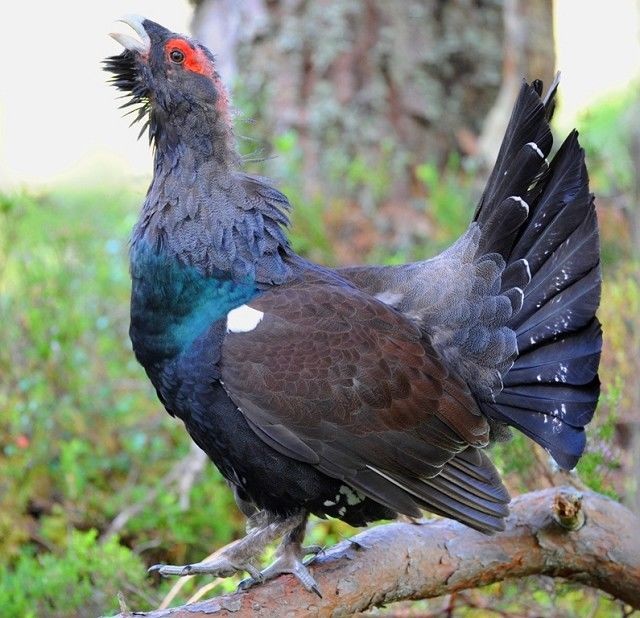Concerns voiced over Highland housing development
RSPB Scotland is seeking reassurance that a new housing development in the Cairngorms National Park will not harm Capercaillie in its only remaining Scottish stronghold.
Planning permission is being sought by An Camas Mòr LLP for 1,500 houses to be built next to the Rothiemurchus Estate, Strathspey. However, RSPB Scotland has submitted a response to the Cairngorms National Park Authority on the planning application, raising concerns about the development and asking for information about potential negative impacts on the nearby Capercaillie population and how these will be mitigated.
Capercaillie is Red-listed as a Bird of Conservation Concern in the UK, and is at a very real risk of extinction. There are only between 1,000 and 2,000 individuals in Scotland, with an estimated 85 per cent of these found in Strathspey. The species is strictly protected under both Scottish and international law, and is one of the most iconic species in the national park.

Displaying male Capercaillie is one of the highlights of the Cairngorms NP, drawing birders and wildlife enthusiasts from all over Britain. (Photo: Rob Sewell)
Several forests close to the proposed development are home to much of the country’s surviving Capercaillie population. These birds – which nest and often feed on the forest floor – are particularly sensitive to disturbance, especially by dogs, walkers and cyclists.
Dr Pete Mayhew, Senior Conservation Manager for the RSPB in north Scotland, said: “RSPB Scotland is not opposed to the development of new housing in suitable locations, and of an appropriate size, within the Cairngorms National Park. However, we are concerned that this planning application does not include any information on the potential impacts of the proposed housing estate on Capercaillie.
“If approved, the development would roughly double the size of Aviemore, resulting in much larger numbers of people using the forests for recreation, including cycling and dog walking. This will inevitably increase disturbance to Capercaillie. However, the current plan does not include any measures to ensure the already dwindling population of this rare species will not be negatively impacted by the development. It is essential that this information is provided to allow the Cairngorms National Park Authority to make a fully informed decision on the application.”
The Park Authority will now consider all comments made on the planning application, and RSPB Scotland hopes that it will require the applicant to provide more information to address concerns for local wildlife.

